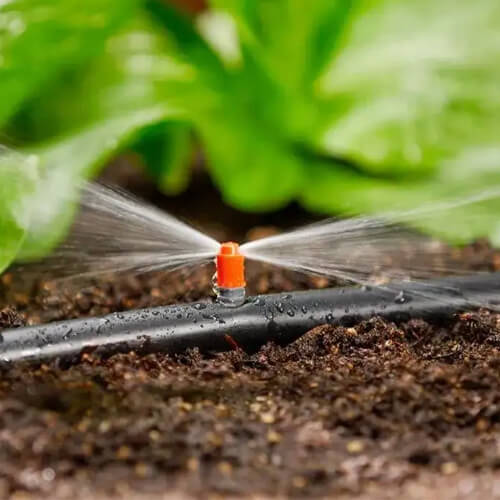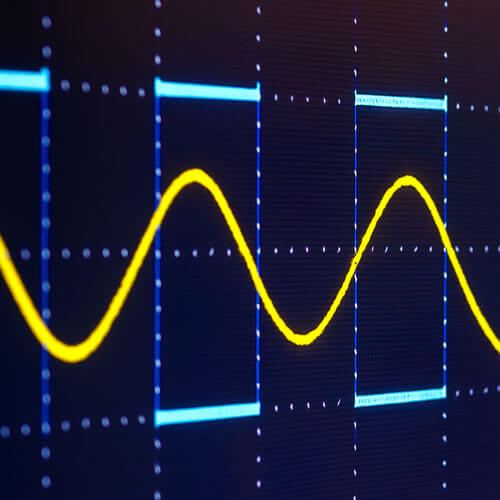Many countries in the world are facing the problem of water shortage. Drinking water and irrigation water are very important to us. Whether farm irrigation or garden drip irrigation requires a lot of water. This process inevitably leads to water waste. Therefore, smart irrigation systems are becoming more and more important. It consists of advanced sensors and controls to minimize wasted water.
Facts have proved that compared with traditional irrigation technology, smart irrigation technology can reduce water waste by 20%-40%. It can scientifically judge whether to water plants and how much to water based on the current regional weather data and soil moisture conditions. Flexible adjustment of irrigation time and irrigation location. Reduce water waste and increase irrigation efficiency while maintaining plant health and quality.
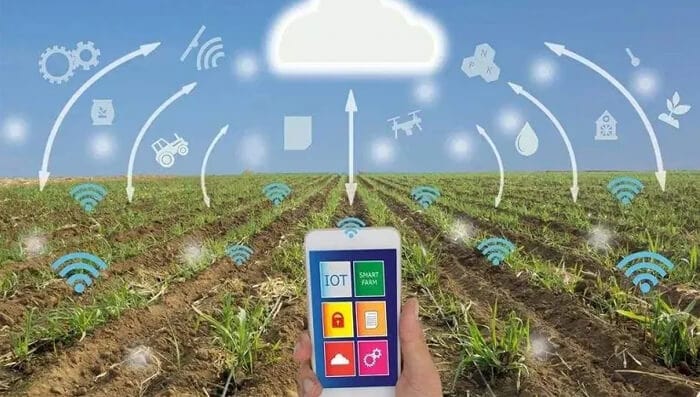
What is smart irrigation?
Smart irrigation is a method of using science and technology to save water in irrigation. It contains weather sensors, soil sensors and various controllers. The sensor monitors the current weather conditions and the actual ground humidity, and the controller controls the water valve to open or close. Realize automatic irrigation. Scientific judgment on whether, when, and how much water is needed. It is suitable for water-saving management in lawns, farmland, landscape and other areas.
The smart irrigation system integrates technologies such as the Internet of Things, mobile Internet, LORA, and remote sensing monitoring. Remotely control valve switches wirelessly. Provide plants with the right amount of water according to soil type and weather conditions to save irrigation water. The smart irrigation system mainly includes various technologies such as sensor technology, automatic control technology and computer technology. Combined with garden irrigation methods such as sprinkler irrigation and drip irrigation.
How do smart irrigation systems work?
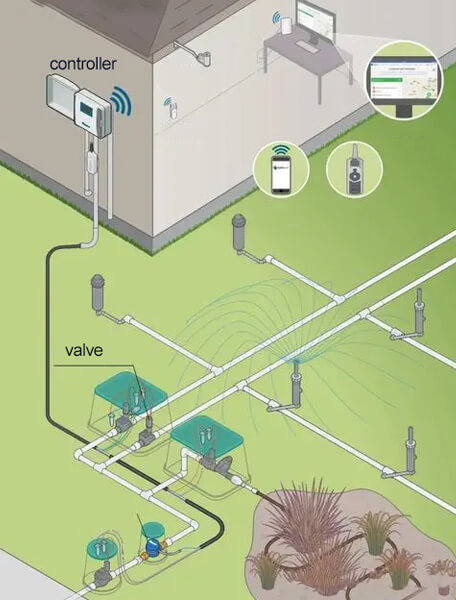
Smart irrigation systems monitor weather, soil moisture, evaporation and plant species to automatically adjust watering schedules. Irrigation work can be carried out by time and area, avoiding the waste of water caused by traditional preset irrigation.
The smart irrigation system uses lora or home wifi for signal transmission, and managers can remotely control it through a mobile phone or computer. No need for the irrigator to manually open or close the water valve.
Smart irrigation system composition
Because the smart irrigation system has powerful functions and can realize automatic water-saving irrigation, its composition is relatively complex. Generally consists of monitoring part, control part, transmission part and terminal platform. Different accessories work together to form a unit. The following is the composition of accessories for each part:
Monitoring part
Various sensors are monitoring units for smart irrigation. The main sensors are soil moisture sensor, wind speed sensor, evaporation sensor, leaf wetness sensor, rain and snow sensor and data collector.
Control part
Various control valves are the basis for automatic irrigation. Valves that support remote switching include butterfly valves, pulse valves, ball valves, etc. Choose different valves and water pipes according to different irrigation areas.
Transmission part
The monitored data signal and command signal are transmitted at the terminal and the control terminal. If using lora wireless transmission, then the transmission part is the lora gateway and data concentrator. If you use home wifi, then the transmission part is the router and the monitoring host.
Terminal platform
The terminal platform is generally a software system for data sorting and analysis. It can analyze data, store data and issue control instructions. The platform software supports mobile phone and computer operations.
Various sensors transmit soil moisture and meteorological data wirelessly to the platform, and the platform analyzes and studies the data. It analyzes the water volume and area that needs to be irrigated, and sends wireless commands to the control valve at each point. The controller controls the water valve to open or close. Provide proper irrigation. As outdoor temperatures increase or rainfall changes, smart irrigation systems take into account site-specific variables such as soil type, sprinkler rates, and more. Constantly adjust the watering time.
Smart irrigation system composition
1. Soil moisture sensor
The soil moisture sensor is a device that directly measures whether the soil is dry. Generally, the probe is inserted into the same depth as the root of the plant, and the measurement result is more accurate. Soil sensors in different areas are used with the nearest soil controller. Control irrigation in different locations. The management platform can set high and low alarm values for soil sensors in different regions. Once the soil moisture exceeds the alarm value, the controller closes the water valve, and when the soil moisture falls below the alarm value, the controller opens the water valve. According to different soil types, we can choose different soil moisture sensors. Consumers only need to confirm system compatibility when purchasing sensors.
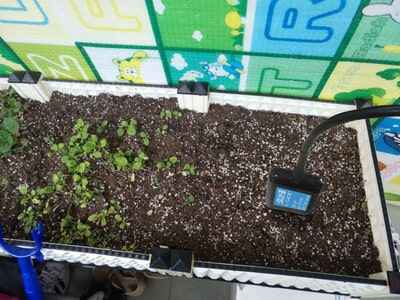
2. Evaporation sensor and leaf wetness sensor
Evaporation sensors are devices related to weather monitoring. Its value reflects the evaporation of soil surface. Gathering this climate-related information can adjust irrigation duration. Promote water circulation in local areas. Evaporation sensor can significantly reduce irrigation water.
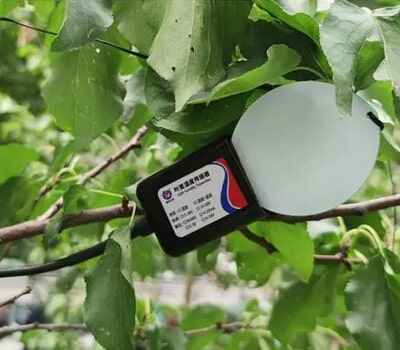
The leaf wetness sensor is like a leaf, because it imitates the leaf characteristics, so it can accurately reflect the change in leaf wetness. By monitoring the leaf moisture, we can analyze whether the plants lack water and whether to water the soil. Compared with the evaporation sensor, the evaporation sensor measures the evaporation of water from the soil surface. The leaf wetness sensor reflects the evaporation of plant leaves.
When you are watering your lawn and it happens to rain, you are sure to stop watering immediately. Watering in the rain wastes water and money, and causes unnecessary runoff. Smart irrigation also has such a function. The rain and snow sensor is the basis for realizing this function. There are metal wires on the surface of the rain and snow sensor, which will conduct electricity when it encounters rain or snow. An electrical signal is sent to the management platform, and the platform notifies the controller to close the water valve in time after receiving it.
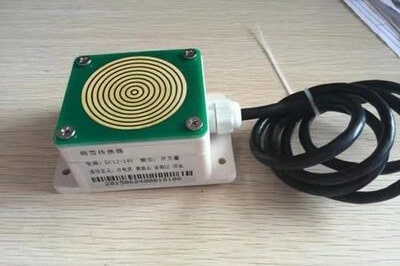
The cost of rain and snow sensors is very low, around $25. It also has an automatic heating function, even in the severe winter, the surface will not freeze, ensuring normal work. The amount of precipitation and snowfall varies from year to year, and irrigators can expect substantial water and money savings.
Watering during windy times can reduce the uniformity of lawn irrigation distribution and reduce the amount of water that seeps into the soil. We need to install wind speed sensors that interrupt the irrigation cycle if the wind speed exceeds a certain threshold. According to the current weather conditions in the region, we rationally arrange the irrigation cycle and duration, which can save a lot of water resources cumulatively.
Smart irrigation system advantages
Save manpower. Compared with traditional irrigation methods, smart irrigation is an automated method. No need for the irrigator to walk around the irrigation field with the nozzle. There is also no need to manually open or close the water valve. A mobile phone or a computer can complete the entire irrigation work. No longer worry about the plants in the garden will wilt due to lack of water when traveling. You can play anywhere with confidence.
Save water. The purpose of smart irrigation is to save water, it replaces the previous flood irrigation. It uses less water to meet the growth needs of plants. Smart irrigation systems can collect soil moisture data and effectively control irrigation water. It is also equipped with a circulation system to save water resources.
Remote management. Use a mobile phone or computer to complete monitoring data analysis and irrigation work, you do not have to appear in the irrigation area. Just turn on the phone at the right time to observe the growth status of the plant. One person can manage multiple cloud platforms at the same time and irrigate thousands of acres of farmland, which greatly saves labor costs.
Fine irrigation. Based on the real-time data measured by the sensors, we adjust the irrigation method in time. Water regularly and quantitatively according to the growth of the plants. Irrigation evenly throughout the garden allows each flower to grow healthily.
Intelligent control. Timed irrigation, remote irrigation, and cycle irrigation, flexible switching between the three irrigation modes, and the cloud platform modification take effect immediately.

